Characteristics and description of the Katya tomato variety, its yield
The beauty of the gardener's job is that you can see the fruits of your own labors, use them, or even show off to your friends. To get a guaranteed result, it is necessary to use high-quality modern varieties, one of which is the Katya F1 tomato or a similar variety Anna.
general information
The Katya tomato variety was bred by Russian breeders taking into account the climatic conditions of the North Caucasus region, but can be used in the Urals and Siberia. This tomato variety is early ripening and can be used both for open ground and for greenhouse cultivation. Reviews about Katya's tomato from the one who planted it are mostly positive: the variety is rated as fruitful, disease resistant and easy to care for.
The F1 designation indicates that the seeds include first-generation hybrids or those obtained from the first crossing of parental organisms. It is these plants that have the desired properties in the greatest amount.
However, leaving them for seeds is pointless, since in the second generation, the properties are stratified, fruits appear that do not correspond to the indicators that the first harvest produced.
To understand the peculiarities of growing, it is necessary to consider the characteristics and description of the Katya tomato variety:
- Early maturity. The ripening period of tomatoes is 80 - 85 days from the date of emergence.
- Determination. The plant, although tall, but with not very abundant foliage, takes a large amount of strength. This property allows the fruit to receive a sufficient amount of light and ripen quickly.
- Productivity. Up to 8 tomatoes can be formed on one brush, and in general, one bush allows you to collect up to 10 kilograms of harvest.
- Resistance to diseases typical for nightshades: late blight, mosaic, rot, alternaria, so there is no need to process the fruits with chemical remedies.
- Resistant to weather conditions. Katya tomatoes are not afraid of droughts, rainy weather, low temperatures.
- Beautiful compact fruit shape. Smooth, rounded, weighing 100 - 150 grams, fruits have a uniform color without preserving the green color at the stalk. The pulp of tomatoes is juicy, fleshy.
- Pleasant taste and aroma of fruits with a high content of carotene, vitamins and minerals.
- Easy to care for. Tomato plants Katya F1 do not need to be pinned and tied up, agricultural techniques are reduced to simple tasks that do not take much time.
- The ability to use in a variety of dishes: salads, preparations for the winter, canning as a whole or pasty, freezing, and so on.

All these indicators provide the popularity of tomatoes among gardeners.Among the disadvantages of the variety, one can single out the fragility of the branches, the possibility of being affected by diseases such as phomosis and tomato mosaic.
Agrotechnology of cultivation
The cultivation of the Katya variety does not require special techniques, however, certain requirements must be observed - only in this case you can get the maximum yield.
Initially, you need to decide on the soil. Sandy or loamy soil, well saturated with air, is ideal for this variety. If the composition of the soil on the site does not meet these requirements, a great deal of preparation effort will be required.
The description of the variety recommends planting a tomato through seedlings or in a greenhouse, since the climatic conditions of the regions for which the variety is adapted do not allow it to be immediately sown in open ground.
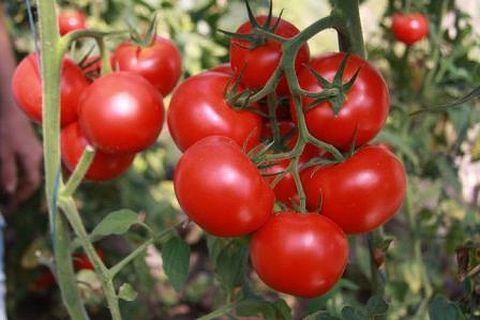
Planting should be carried out in late March - early April - this is a sufficient time for fruit to be obtained in mid-July. Before planting, it is advisable to disinfect the seeds by pouring them for 15 to 20 minutes with a weak solution of potassium permanganate. It is helpful to soak the seeds in melt water, which you can prepare yourself using the freezer. Then the material can be warmed up - this will disinfect and improve the sowing quality.
For sowing, you can use any universal soil or a mixture consisting of equal parts of peat and sand. Seedling containers can be purchased at any gardening store - they must have holes to drain excess moisture. The seeds are buried in a moist substrate, watered from above and left under the film in a warm, bright place.
After germination, the film is removed and the seedlings are left until real leaves appear, watering them as needed. 20 days after the emergence of seedlings, it is recommended to plant and pick tomatoes. Growing in separate pots allows the root system to develop better and reduces trauma when planted in the ground.
To determine the timing of planting in open ground, it is necessary to focus on the condition of the seedlings and weather conditions. Since tomatoes are thermophilic plants, in order to grow them, it is necessary to provide an appropriate temperature regime. At temperatures below 13 degrees, culture growth stops. In particularly cold areas or regions with short summers, it is best to grow tomatoes in greenhouses.
Seedlings are planted in May - June, when the soil and air warm up enough. The distance between the seedlings is preferably 50-60 centimeters, which will give enough light to the foliage and space for the root system.
For good development, it is advisable to loosen the soil every two weeks and fertilize it with mineral and organic fertilizers. A good way of grooming is mulching. As mulch, you can use straw, rotted straw-manure mixture or leaves.
According to reviews, Katya's tomato is a good partner for joint planting - the Anyuta variety, which has similar needs.
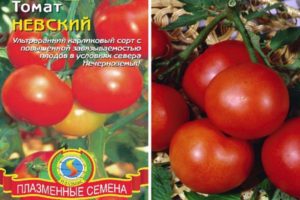
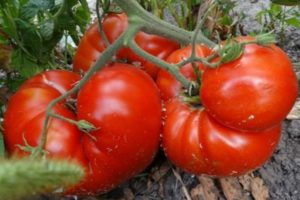
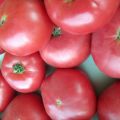


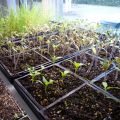
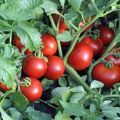

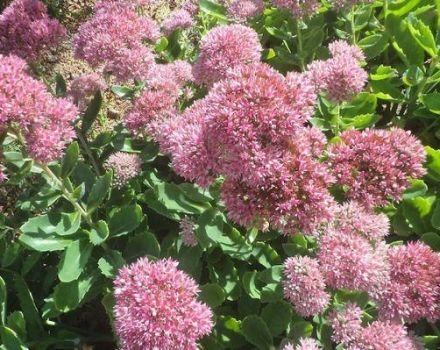

I planted in 2017 on a garden bed under lutrasil in the Leningrad region, from the harvest 2 tomatoes and those in phytophthora, in my conditions, only tomatoes for greenhouses.